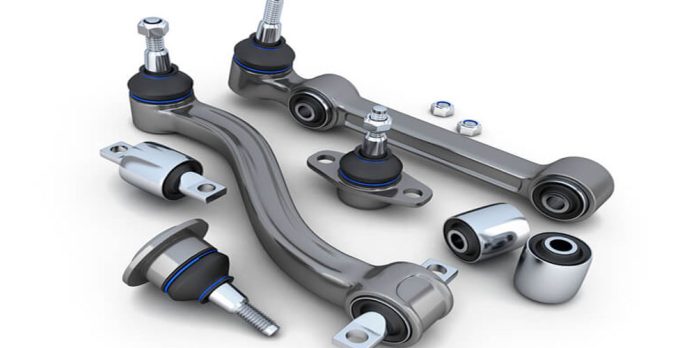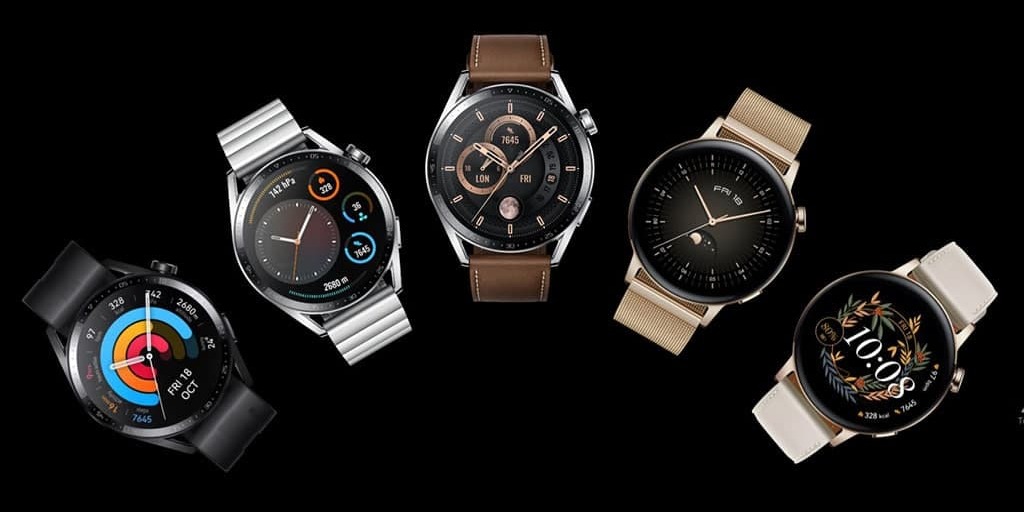Cast or machined auto parts cannot match the strength of forged auto parts. Nothing compares to forgings in regard to durability and dependability. With the development of forging technology, forged products now come in a wider variety of shapes, sizes, and performance levels that may satisfy demanding design and performance specifications.
Forgings are frequently chosen for essential auto parts where strength, dependability, economy, impact resistance, and fatigue resistance are important factors. The necessary level of high or low-temperature performance, flexibility, hardness, and workability is provided by forged materials.
Metal is manipulated, shaped, deformed, and compressed during the forging process in order to obtain the required form, configuration, or appearance specified by a metal processing design or schematic. Both cold and hot forging methods can be used to complete the forging procedure, depending on the sort of metal and the requirements of the design. Here in this article, we are going to discuss car parts forging and the types of forging.
Types Of Forging
The majority of societal demands require parts, and modern forging produces these parts using a wide range of technical techniques and powerful machinery. Forging is a generic phrase used to describe a variety of processes used to turn metal sheets into functional objects.
In general, forging is divided into two categories: cold forging and hot forging. Cold forging serves a variety of purposes with minimal heat to work with and shape metal, whereas hot forging heats metals somewhat to their melting point.
Closed Die Forging
The technique of closed die forging, often referred to as impression forging, involves the movement of two die halves towards one another to enclose the work piece or billet. The heated billet, which is almost the same size as the finished item, is inserted into the bottom die. The billet is compressed by the force created when the dies come together to generate the necessary forged portion.
Open Die Forging
Open die forging, also known as drop forging, modifies a work piece without enclosing the metal in the die entirely. In open die forging, the work piece is pounded repeatedly with the die until it assumes the shape and form of the die. The work piece is heated and hammered until it assumes the proper shape before being put through the anvil-type procedure.
Cold Forging
Metals are shaped, deformed, and processed by cold forging at room temperature or just above. A broad word for drawing, heading, coining, punching, and thread rolling is cold forging. The metal is at a temperature that is three-tenths of what it would need to recrystallize. Soft metals like copper and aluminum are best shaped via cold forging. Less processing of final parts, improved surface finishes, increased dimensional stability, and lower cost are all advantages of cold forging.
Roll Forging
In the heated metal process known as roll forging, the work piece is shaped and deformed by opposing rolls. Geometric shapes that have been carved into the rolls dictate the part’s dimensions and shape. The rolls are partially turned while the work piece travels through them to create the portion. One-fourth to three-fourths of the two rolls make up the form on the rolls. The work piece has a varied cross-section for secondary finishing thanks to the grooves in the rollers.
Multidirectional Forging
For the manufacturing of elaborate and complex pieces, multidirectional forging is a hot forging technique that saves time and money. At room temperature, a steel bar that is mill length is put into the forging machine. The induction coils super-heat the bar as it enters the machine to temperatures between 2000° F and 2400° F. After being descaled, the bar is shaped into blanks and brought to the forging mechanism.
Sum Up
Metal is manipulated, shaped, deformed, and compressed during the forging process in order to obtain the required form, configuration, or appearance specified by a metal processing design or schematic. Forging becomes the source of high-tech parts while also producing the automobile in order to increase the competitiveness of the automobile manufacturing sector.











